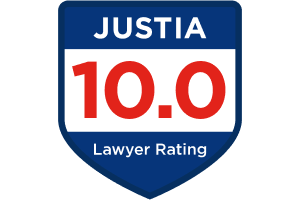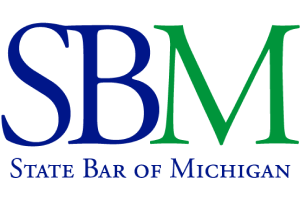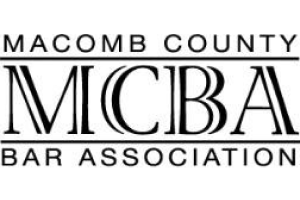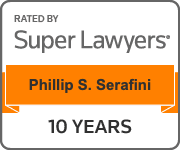- Free Consultation: (586) 264-3756 Tap Here to Call Us
Michigan Long Term Care Planning for Non Veterans in Detroit and Zeeland
Are you residing in Macomb, Oakland, Wayne, Ottawa or Kent County and need assistance with long-term care planning to provide in home care, assisted living, or, nursing home care for yourself or for a loved one?
Often times, we can use veteran’s benefits like aid and attendance or Medicaid to provide solutions to provide you with the best quality of care for the lowest cost possible. Although the solution for most seniors that need home care or assisted living benefits is through veteran’s benefits under aid and attendance, long term care planning can still be accomplished through astute elder law planning using the assets that are available to a senior. Using retirement assets and equity in a home can provide another source to supplement an individual’s regular monthly income to provide for the cost of care that he or she needs.
Families that need a solution to the long-term care problem often overlook retirement assets. Assets like 401(k)s, IRAs, and 403(b)s (known collectively as “qualified assets”)can be used to provide for the cost of in home and/or assisted living care. Qualified assets are taxable at the time money is withdrawn and used by an individual. Despite the tax treatment of distributions, sometimes it is wise to use qualified assets to supplement a retired person’s income to provide for his or her care.
Most financial planners will agree that the least likely asset a beneficiary wants to inherit is a qualified asset. This is because the asset will be wholly taxable to the beneficiary as he or she withdraws form it. Alternatively, if a senior that needs care uses his or her qualified assets, he or she will have a correlating itemized deduction for the care expenses paid. Thus, if these assets are used to provide for care, in order to preserve non-qualified assets (i.e. bank accounts, life insurance policies, and real property), taxes can be effectively hedged and avoided by beneficiaries of an estate.
The other advantage to using qualified assets as a “private benefit” is to engage in Medicaid planning. Michigan Medicaid currently employs a five (5) year look back period. Accordingly, if qualified assets can be stretched to supplement monthly income to collectively satisfy a monthly-long term care expense, other assets can be protected by moving them from the individual’s estate into an irrevocable trust funded at the time the assets are “stretched”. As an example, if an individual requiring long term care at a cost of $3,000.00 per month, has non-qualified assets of about $100,000.00; qualified assets of $60,000.00; a home; and monthly income of about $2,000.00 per month, he or she can create a special trust, move the home and qualified assets into it and sit out the Medicaid five (5) year look back period. This can simply be accomplished by “stretching” the $60,000.00 IRA into sixty (60) monthly payments to create a monthly payment of $1,000.00 that will supplement the regular monthly income of $2,000.00, thus, meeting the monthly care need. At the end of the sixty (60) month period or five (5) years, the assets moved to fund the irrevocable trust have now escaped the Medicaid look back period and estate recovery, in its current form.
In our next entry, we will explore the use of home equity and reverse mortgages to supplement monthly income to provide care and protect assets.
Sound complicated? It should. Please call. We can help.
Call first… Act second.
The attorneys at Serafini, Michalowski, Derkacz and Associates, P.C. are ready to help. Serving southeast Michigan and metro-Detroit in Macomb, Oakland and Wayne County, through its Sterling Heights office; and, west Michigan in Kent and Ottawa County through its Zeeland office.
Free consultation, by appointment only, (586) 264-3756, (616) 931-3670, or, 1 (866) 529-ELDR.
Related Posts: VA Benefits 2016 Cost of Living Adjustment, Michigan Elder Law and Long Term Care Planning, VA Rule Changes, Still Time to Help Veterans













